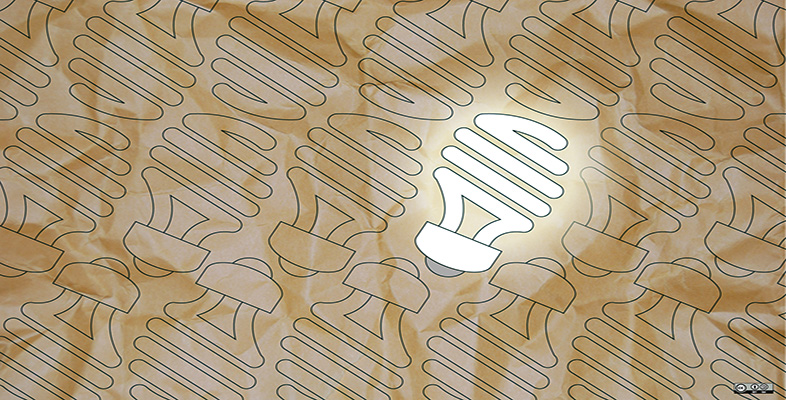3.2 Representations for thinking
Representations are often used in the process of working out a problem. In this mode, representations are not just externalisations of ideas, they are part of the idea-making process; they inform and are informed by design thinking. This is why designers often start a design process with pages and pages of drawings that explore different aspects of the problem. For example, in Figure 11a sketches are used to explore the form and functionality of the developing concept of a kettle. But sketches don’t have to be drawings; sketches can also be models or diagrams or other representations used to work out a design. For example, the representation in Figure 13 is a foam model used for this purpose.
Sketches are useful because they are rough and ambiguous and open to interpretation. They are very successful at encouraging non-verbal thinking, because the brain has to work to see through the ambiguity, and often results in different interpretations which can be used to inform the developing vision. In this role, representations are temporary and changeable and they aid the thinking process. They can be thought of as part of this process, with the act of making and then reviewing a representation actually helping to develop understanding of a problem. Representations support the process of moving from having a general vision to having specific ideas about how to realise the vision. This involves a cyclic process of creating representations, reviewing the representations and then responding to any new insight by modifying the representations or creating new ones.

